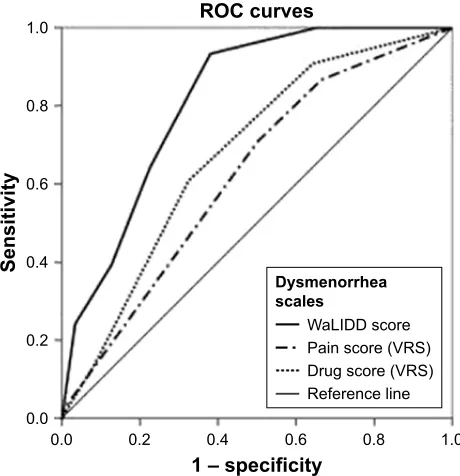WaLIDD score, a new tool to diagnose dysmenorrhea and predict medical leave in university students
Full text
Figure




Related documents
The total coliform count from this study range between 25cfu/100ml in Joju and too numerous to count (TNTC) in Oju-Ore, Sango, Okede and Ijamido HH water samples as
IL-23 measured by qPCR from RNA extracted from 24 h PPD-J stimulated PBMC isolated from HAV vaccinated (triangles) or Sham vaccinated (squares) calves, taken immediately prior to
Using a panel data model and GLS estimation method, we investigated the effect of methanol, propane, and urea prices along with financial variables on stock returns of
On desirable characteristics to look for in a systems integration project methodology the following were identified: collaboration with stakeholders & developers;
diallylacetic acid rather than bismuth since in one case in which analysis was performed only minute amounts of bismuth were recovered, and there was, in his opinion, ‘ ‘no
It was decided that with the presence of such significant red flag signs that she should undergo advanced imaging, in this case an MRI, that revealed an underlying malignancy, which

